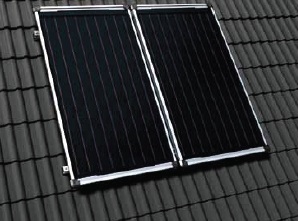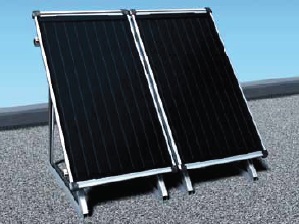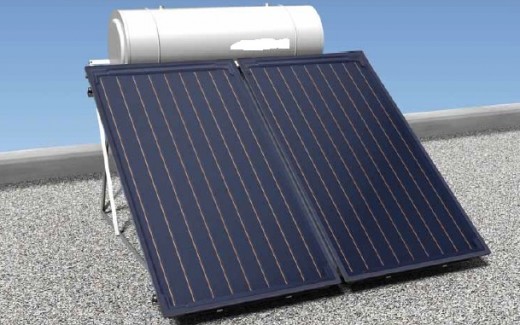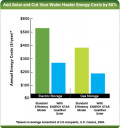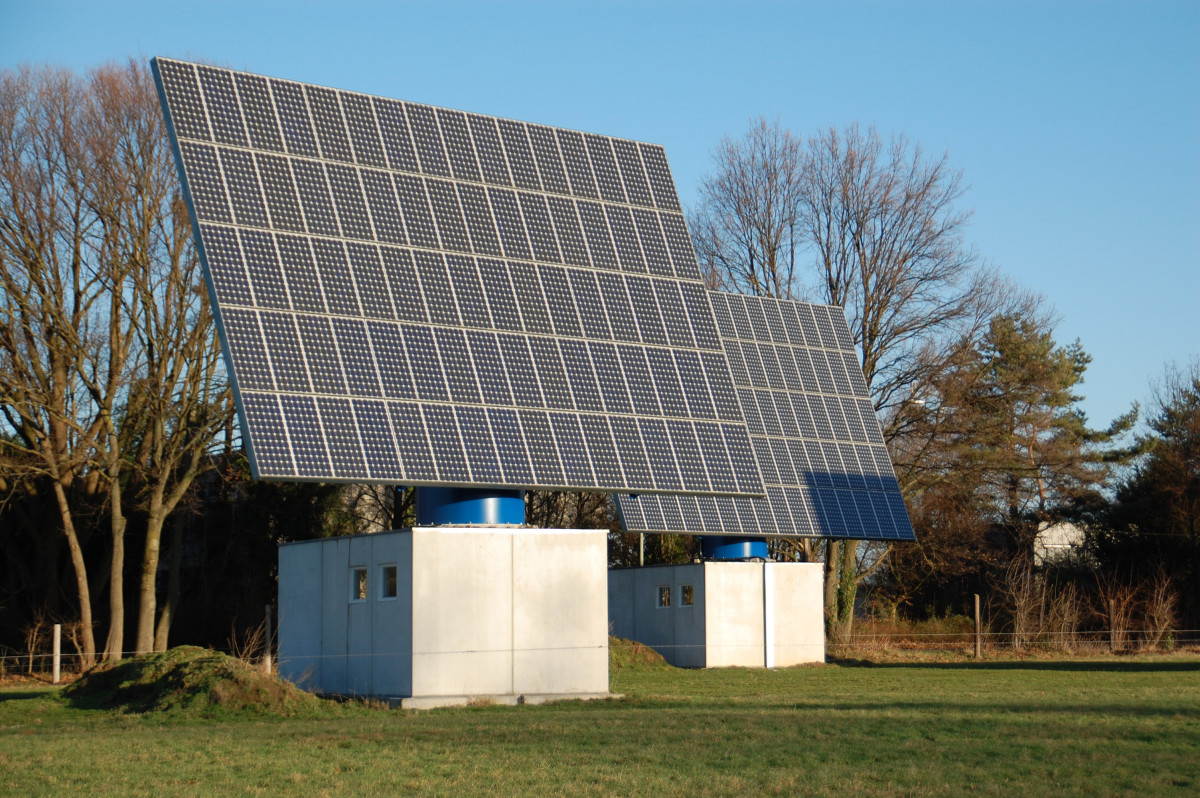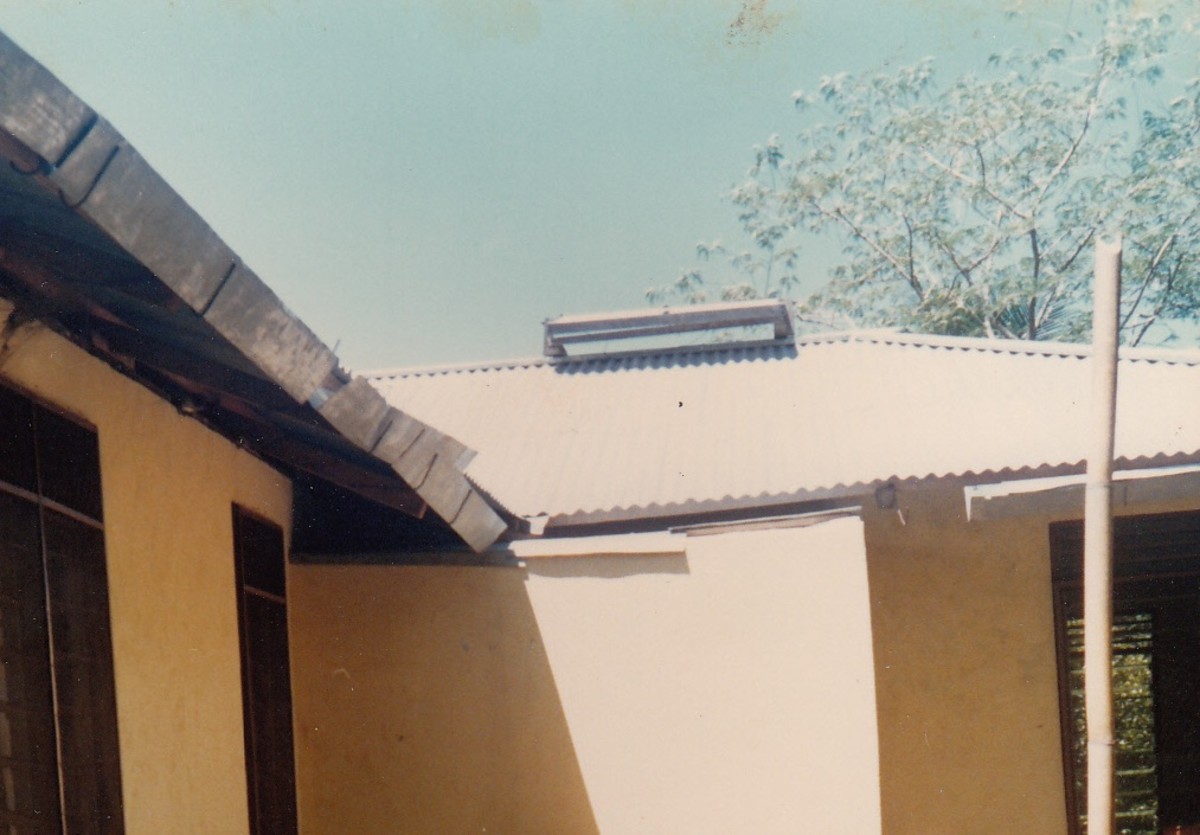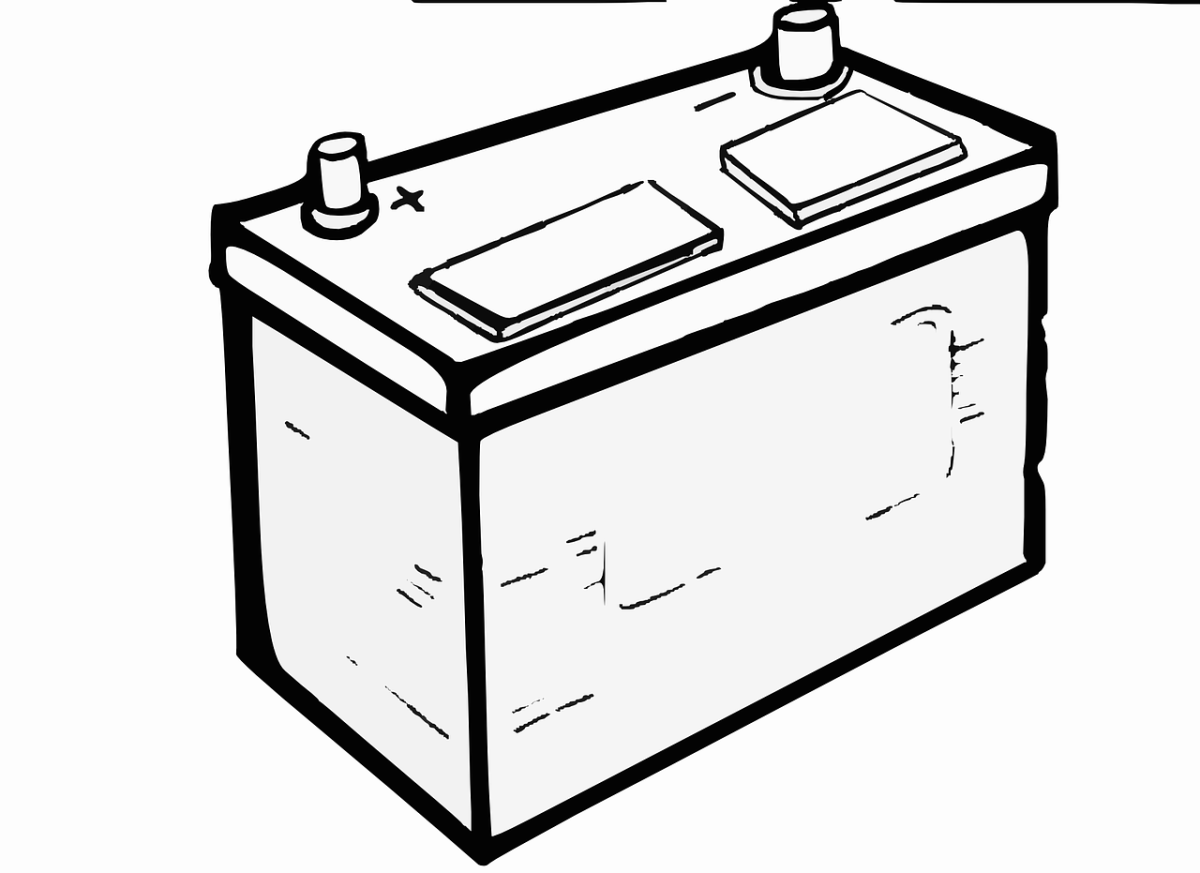How to Get Started with Solar Water Heater system
Solar Thermal Collectors – Getting the best from our sun
Choosing your new solar panels’ system - what you need to know:
Before all else it’s important to mention that in this Hub I will only address solar collectors, that is, collector systems that capture the sun’s energy with the purpose of heating water. This is important to mention, because there are other types of systems that take advantage of solar energy, for instance photovoltaic panels, which capture the energy of the sun with the intent to produce electric energy. Maybe some other time I will write about those systems, but for the moment I will address only solar panels for water heating.
Solar panel system comprise a number of different components, each of them can make a big difference, when you are choosing the best system to install in your home.
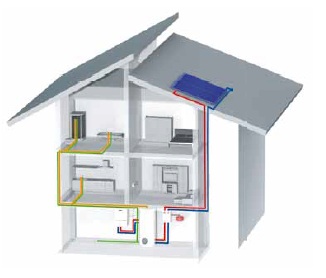
Just to point out the most important ones, when making a choice, systems are made up of:
- Solar collectors: these are the panels that will probably be installed on your roof or roof terrace. The solar array of panels will be in charge of taking the energy of the sun;
- Storage tank:The storage tank for the hot water, which stores the solar energy that the solar collectors harvest during daylight time, allowing hot water to be used at any time, even at night;
- Back-up system: System designed to work as a back-up in case, either by lack of enough sunlight or even because of a mal-function, the solar system is not working, making sure that your need for hot water is always provided. This back-up system is optional. Considering where you live in and the number of solar hours per day, this system may not even be necessary, but it’s always a plus having one.
So, considering these three components, I’ll try to describe how to pick the best system for you in a smart and efficient way, so that you take the most of your investment.




How to choose the most appropriate components of your solar water heater system?
Solar panels/collectors: the best would be to choose an approx. area of 1 sqm per each person that lives in the house, but this area can be a bit too much if you live in a region with high solar exposure throughout the year. Another important detail when it comes to solar collectors is that you should choose collectors, that are certified by independent laboratories that are a referral in the solar energy business, such, for instance the brand CERTIF, whose certificates you can check out at solar keymark. In order to get the certification the solar collectors’ makes must submit their products to tests and trials, to get a quality guarantee and so that after those trials a potential buyer may be able to compare two or more different collectors.
Therefore there are 3 factors that are determined by the trials and that are the basis for picking the panels/collectors apart, which are:
- Optical efficiency, n0
- Loss coefficient, a1
- Loss coefficient, a2
Taking into consideration the formula bellow it’s easy to see that the solar panels performance (q) is higher when we have a higher optical efficiency (n0) and lower loss coefficients (a1 e a2).
Collector performance parameters:
The collector performance is described by the equation for the power output q:
q = A*(n0*G - a1*dT - a2*dT²) [W]
G : Solar irradiance on collector plane [W/m²]
dT: Temperature difference between collector mean fluid temperature and ambient air temperature [K] (Kelvin)
n0: Optical efficiency-Combined efficiency of the transparent cover and the absorber [-]
a1: 1st order heat loss coefficient-Heat loss coefficient at collector fluid temperature equal to ambient temperature [W/K]
a2: 2nd order heat loss coefficient-Temperature dependent term of heat loss coefficient [W/K²]
A: Collector area corresponding to the performance parameters
Collector efficiency curves
Using the simple tools below, you can put in data for a collector and see the efficiency curve - and compare with typical collectors:
Compare your collector with typical collectors: Download Excel-file
Compare your collector with typical collectors: Run interactive file ( requires Microsoft® Internet Explorer 4.01 Service Pack 1 (SP1) or later and the Microsoft Office XP Web Components)
Storage Tank: you have to take into consideration the nr. of person that live in the house, the higher that nr. The bigger the storage tank must be. Some referral documents simplify this matter pointing to an average of 40 liters per person per day, therefore assuming that the storage tank will be used on a daily basis allowing a global consumption. So, for a house with 5 people ( 5 X 40 liters), there should be a storage tank of 200 liters. Higher storage tank capacity will lead to building-up of hot water that will be used on a given day and that will turn cold. A lower storage tank capacity, if more hot water is necessary than the existing capacity, means that at some point during the day, you will run out of hot water, which can be quite a problem, specially in case you have no back-up system, like a gas water heater or an electric water heater, etc.
Another trade characteristic for the storage tank which is important to consider is the thickness and the quality of the thermal insulation applied to the storage tank. The thicker the thermal insulation applied the higher the capacity of the storage tank to maintain the water hot the longest.
This storage tank can be placed on the roof next to the solar panels, usually horizontally mounted above the collectors (thermosyphon flow system) or in a technical area apart from the solar collectors (pump-circulated system), in this case it can be mounted on the ground or the floor and at a lower level then the solar collectors.
Usually the first system is cheaper and it has the advantage of not taking up room inside de house.
Pump-circulated system is more expensive, more complex, but allows a bigger range of solutions, for example, using this system also for the central heating of your home. Besides this, it also allows to monitor the system more easily, checking water temperature, failures, etc.
Back-up system: Gas water heater, boiler, heat pump with heating water option, whatever back-up system you choose the main thing is that it must be ideal for your home, that is: for example, if you have a seven bedroom mansion, an 11 liters gas water heater will not be enough for your needs for hot water (unless nobody lives in those seven bedrooms). The same is valid if only two people live in your home and you have a top of the line gas boiler, because you will not be able to take advantage of the big capacity of the boiler.
Therefore you need to come up with a solution that is adapted to your expenditure and to the restrictions that your house has. If you don’t have a gas network installed it makes no sense to invest in a gas back-up system, because then you would also have to consider spending money doing the distribution network for the gas. Once you've decided which kind of system fits you best to back-up the solar panel, you will nonetheless have a vast range to choose from, considering makes and models available. So, besides the price of each equipment available, you need to find out their efficiency when it comes to heating the water (believe it or not there are systems nowadays with efficiency above 100 %). In the case of condensing boilers, in which for each expenditure unit more than that unit is produced, since the condensing boilers take advantage of the condensation released when producing hot water, the higher the efficiency, the lower the energy expenditure will be, no matter we are talking about gas, electricity or any other.
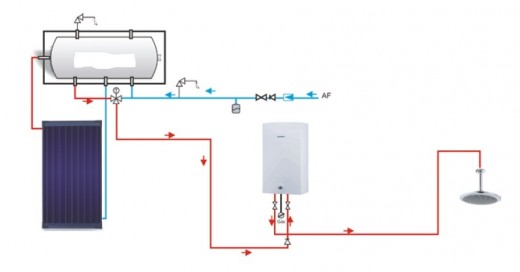
How it works-video
Lastly, in order to take full advantage of what our sun has to offer, it is convenient that the distribution network for hot water in your home is thermally insulated, thus avoiding heat loss in the route from the solar storage tank until the required tap.
I hope this hub is useful to you and I appreciate any comment and suggestion on the hub and the subject.
You can also see this Hub: Building your new home - Do’s and don'ts
© Copyright Algarveview.hubpages.com. To use part or the whole article you must first get written permission from the author. Feel free, nonetheless, to use an intro of the hub with a link to the article here on hubpages for the rest of the article.
© 2012 Joana e Bruno

